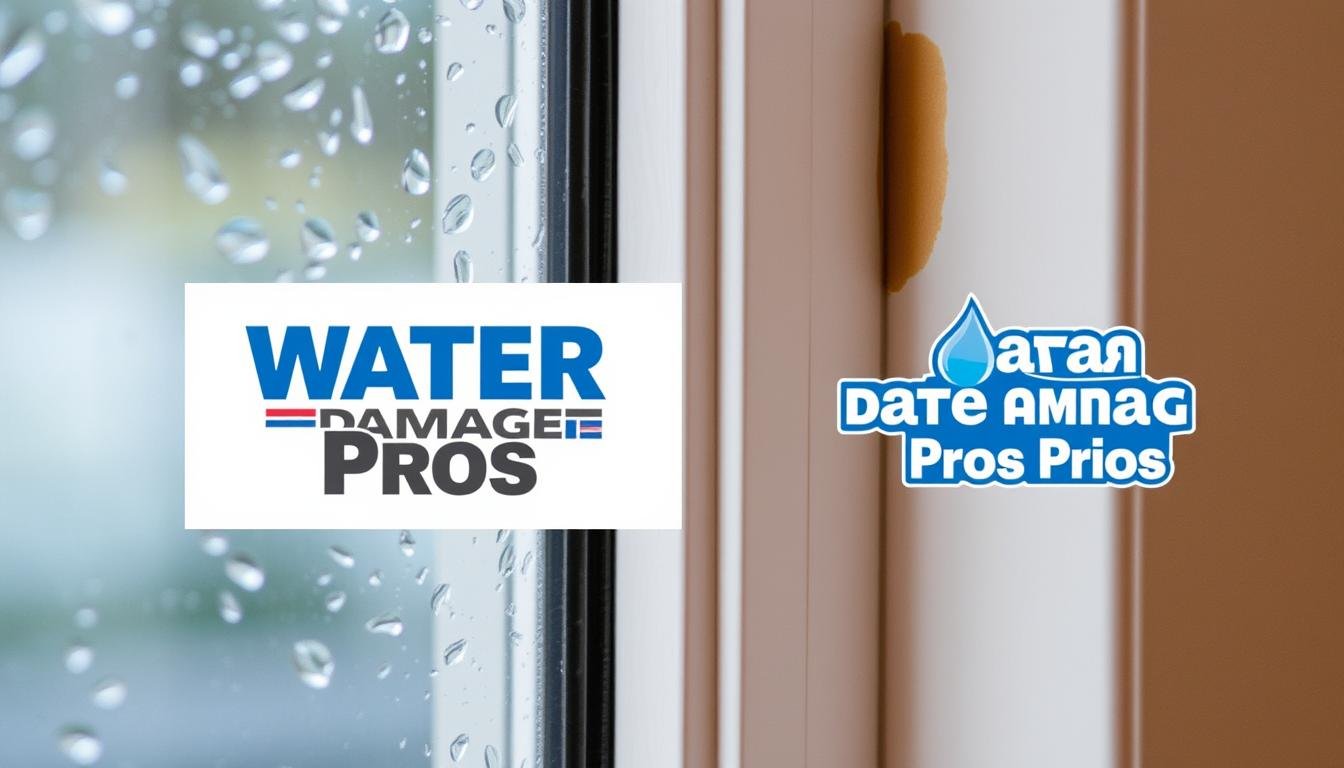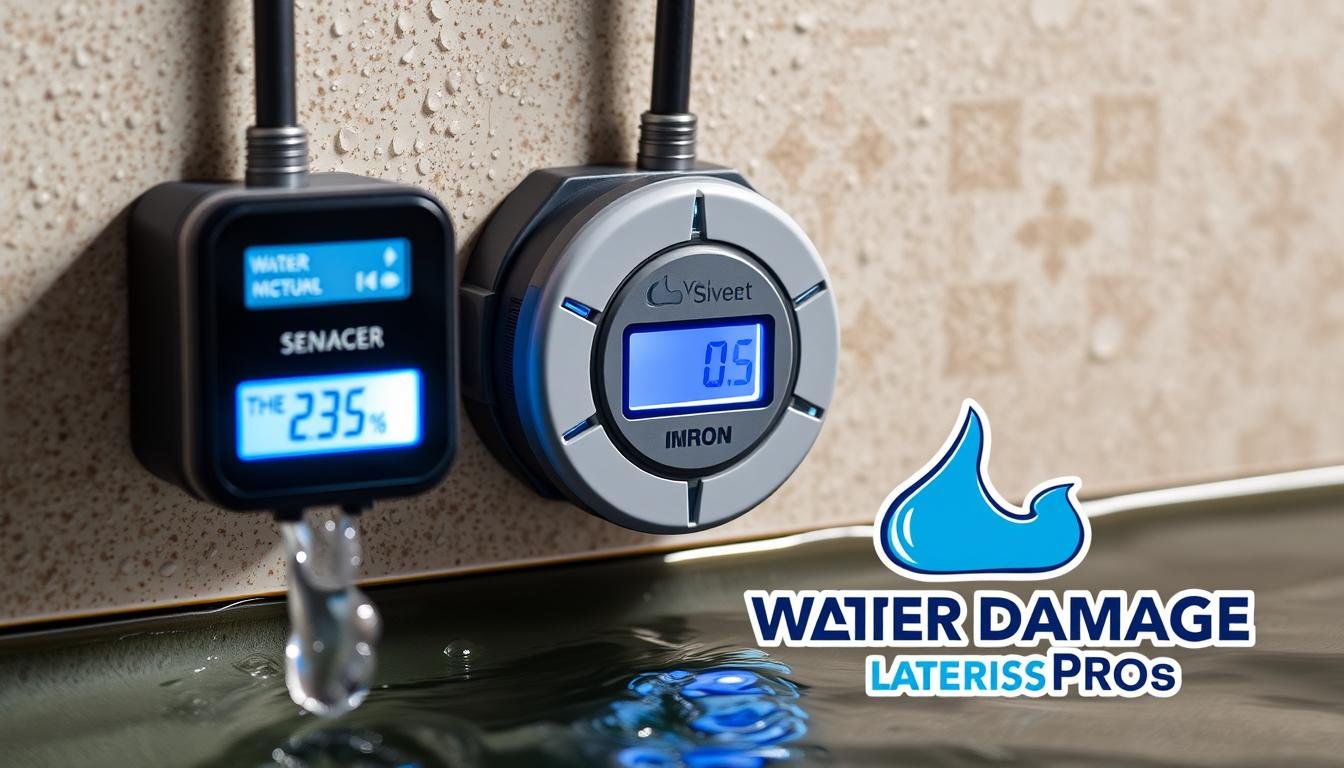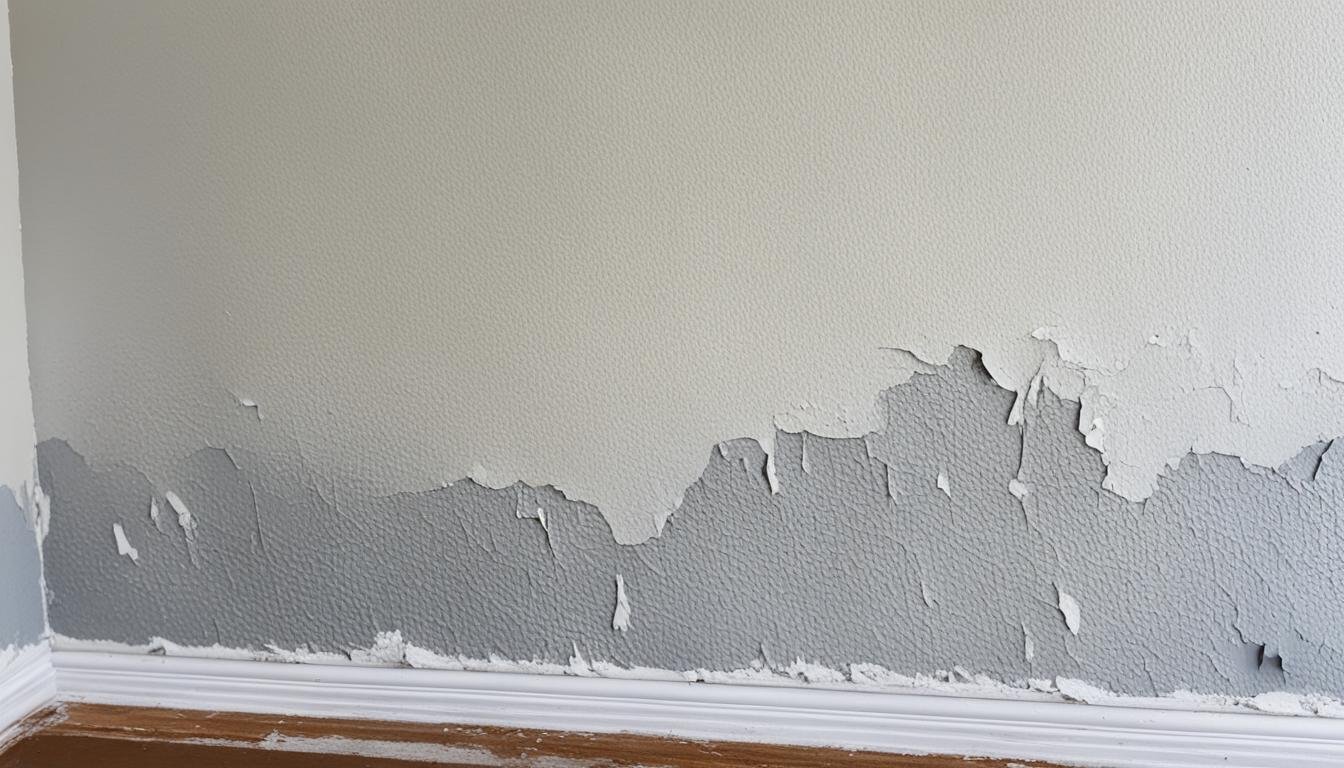Avoid Costly Repairs: Detect and Prevent Window Leaks in Your Home
Did you know that 1 in 4 homeowners face window leaks each year? This can lead to water damage and expensive fixes1. Whether your home is old or new, leaks are a common issue. They can cause structural damage and raise your energy bills. But, you can stop these problems with the right steps. We’ll look at why window leaks happen, like wear and tear, and how to fix them. You’ll learn how to spot and stop water leaks. This way, you can keep your home safe and sound. By being proactive, you can avoid costly water damage and keep your home in great shape for years. Key Takeaways Window leaks are a common problem, affecting 1 in 4 homeowners each year. Older homes are more likely to have leaks due to weather and settling. Newer homes face issues with design, installation, and upkeep1. Signs of leaks include peeling paint, rot, discoloration, and high energy bills2. Keeping up with maintenance, like recaulking and checking gaskets, can prevent leaks1. In serious cases, replacing the whole window frame might be needed1. Understanding Window Leaks: Common Causes and Signs Window leaks can be frustrating and expensive for homeowners. Knowing the causes and early signs of seal failure or hardware damage is key. This helps prevent damage to your home. Let’s look at common causes and signs of window leaks. Wear and Tear Over time, window sealants can break down, causing leaks3. Signs include condensation, discoloration, or damage on the sealant, and broken locks3. As seals and hardware wear out, water can get in, damaging your home. Installation Issues Leaks can also come from bad installation3. Problems include gaps in flashing, windows not fitting right, and nails that rust3. It’s important to hire a pro for proper installation4. Bad installation can lead to leaks and water damage4. Design Flaws Design problems can also cause leaks3. Issues like no overhangs or wall cracks can lead to leaks3. You might need a pro to fix these design issues5. Special windows like bay and bow need extra care to avoid leaks5. Other problems like missing shingles, wall cracks, and clogged gutters can look like window leaks3. To find leaks, try spraying a hose on the window edges3. Cause Signs Solutions Wear and Tear Condensation around window edges Discoloration or abrasions on sealant Damaged locking mechanisms Repair or replace damaged sealant3 Upgrade hardware if necessary Installation Issues Vulnerable gaps in flashing Improperly fitted windows Use of non-corrosion resistant nails Hire experienced professionals for window installation4 Ensure proper sealing and alignment Design Flaws Lack of overhangs to direct water away Cracks in the wall Specialty window styles like bay and bow Consult a professional to identify and address design issues3 Provide extra protection for specialty window styles5 Understanding window leaks helps prevent costly repairs and keeps your home safe. Fixing wear and tear, installation problems, or design flaws can keep your home dry and comfortable. Effective Solutions to Prevent Window Water Leaks Fixing window leaks is key to keeping your home safe and avoiding expensive damage. Start by finding where the leak is coming from. Worn-out caulk can lead to water leaks around the window sill, indicating cracked caulking or worn-out seals which are common causes of leaks.6 Damaged seals on windows can allow water to leak in over time, especially when there is moisture or condensation between the glass panes.6 Look for gaps, cracks, or damaged seals in the window frame. Use high-quality caulk or weatherstripping to seal these areas. If the damage is severe, you might need professional window leak repair or window replacement for lasting protection. Properly installing flashing for windows in new construction is crucial to prevent water leaks.7 Water intrusion can occur anywhere there is a threshold between different materials or the ground, with windows being a common area susceptible to water damage.7 It’s important to hire experienced window experts to find and fix the problem right. Most window leaks occur due to caulk breakdown, signaling the need for recaulking to prevent water penetration.8 A broken window lock can result in water entry into a home, highlighting the importance of proper window closure.8 Fixing issues like clogged drainage holes, faulty flashing, and defective windows can also help prevent leaks. Regularly inspect windows for visible damage, clogged drainage holes, and signs of water damage, such as stains or peeling paint. Consider hiring a professional window installation company for expert inspection and repairs if you’re unable to identify the source of the leak. Implement solutions like recaulking, replacing seals, repairing or replacing flashing, or ultimately replacing the window if it is defective or beyond repair. Address any additional home repairs, such as fixing roofing or siding issues, if the window is not the primary cause of the leak. By tackling window leaks early, you can protect your home from water damage and save on repairs later. Using professional help and effective solutions can keep your windows in good shape and protect your investment. Conclusion Keeping your home safe from water damage is key to avoiding expensive fixes and keeping it cozy9. Knowing why windows leak helps you fix the problem before it gets worse910. This includes fixing wear and tear, installation mistakes, and design errors. Fixing leaks can be simple or complex, but acting fast saves money and stress1011. Regular upkeep and quick fixes, like re-caulking and replacing weatherstripping, keep your windows working right1011. Being proactive about fixing leaks helps keep your home dry, saves energy, and makes it a nicer place to live911. Getting help from experts like Roof Right in Maryland ensures the right fixes for your home911. FAQ What are the common causes of window leaks? Window leaks often come from worn-out sealants. They can also be caused by bad installation, like wrong flashing or fitting. Design problems, like no overhangs or wall cracks, play a role too. How can I identify if my windows are leaking? Look for signs like condensation around the edges. Also, check for sealant discoloration or damage. …
Continue reading “Avoid Costly Repairs: Detect and Prevent Window Leaks in Your Home”





